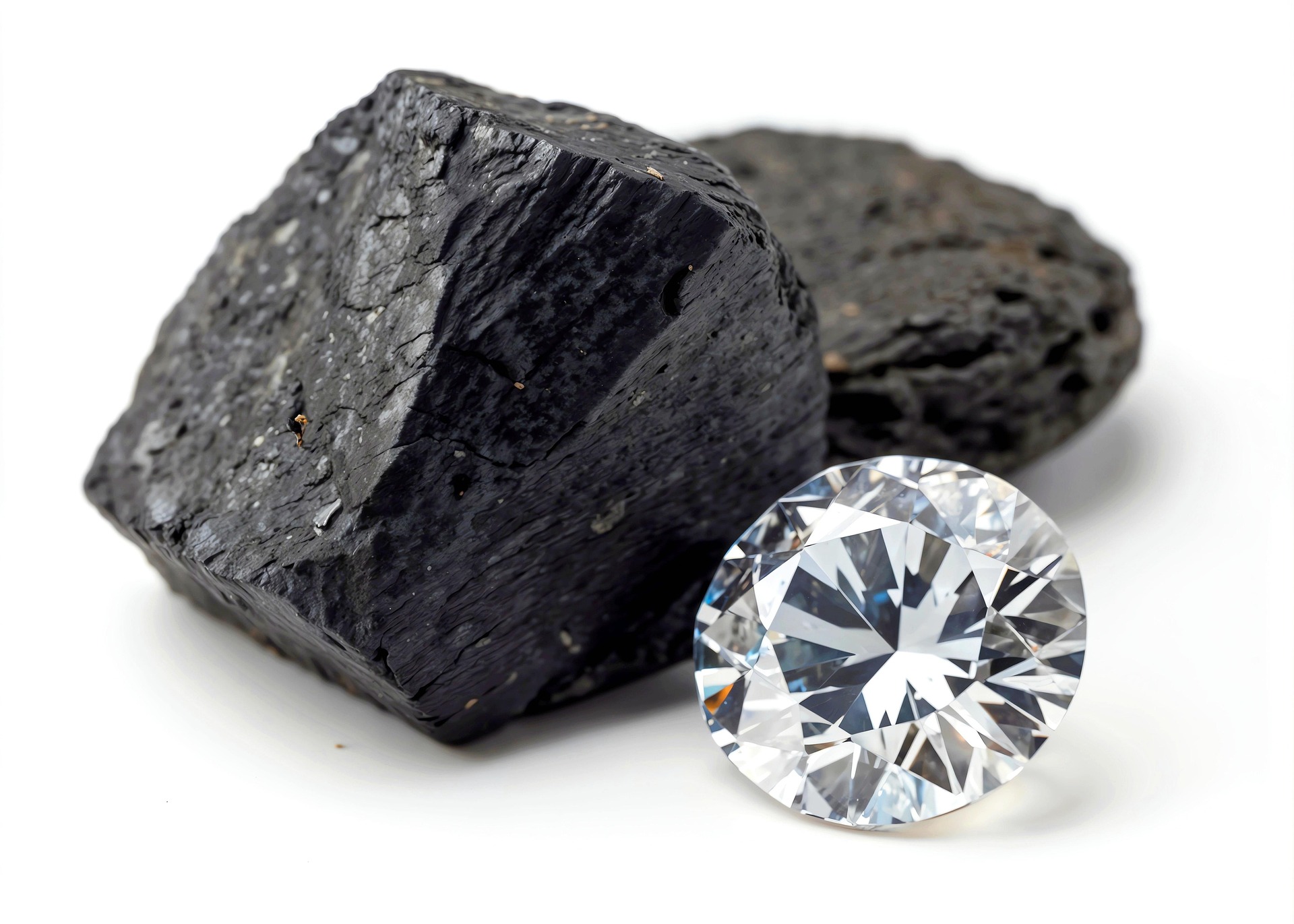
Coal is one of the oldest and most widely used fossil fuels, primarily for electricity generation and steel production. Despite the global shift toward renewables, coal remains a key commodity, especially in emerging economies.
1. Types of Coal
Coal is classified by carbon content, energy value, and usage:
By Rank (Energy Content & Carbon Percentage)
| Type | Carbon Content | Use Case | Key Examples |
|---|---|---|---|
| Anthracite | 86-97% | High-grade heating (rare) | Pennsylvania anthracite |
| Bituminous | 45-86% | Electricity, steelmaking | Appalachian (U.S.), Newcastle (Australia) |
| Sub-bituminous | 35-45% | Power generation (lower emissions) | Powder River Basin (U.S.) |
| Lignite | 25-35% | Low-cost power (high moisture) | Germany, Indonesia |
By Market Use
-
Thermal Coal (Steam Coal) – Burned for electricity (~75% of global coal use).
-
Metallurgical Coal (Coking Coal) – Used in steelmaking (~25% of demand).
2. Key Coal Markets & Benchmarks
Major Exporters & Importers
-
Top Exporters: Australia, Indonesia, Russia, U.S., South Africa.
-
Top Importers: China, India, Japan, South Korea, Europe (declining).
Pricing Benchmarks
-
Thermal Coal:
-
Newcastle Coal (Australia) – ICE Futures (global benchmark).
-
API2 (Europe): ARA (Amsterdam-Rotterdam-Antwerp) price.
-
API4 (South Africa): Richards Bay price.
-
-
Metallurgical Coal:
-
Platts HCC (Hard Coking Coal) Index – Premium low-ash coal for steel.
-
U.S. East Coast Coking Coal (CME futures).
-
3. How Coal is Traded
Market Participants
-
Producers: Glencore, BHP, Peabody Energy, China Shenhua.
-
Traders: Trafigura, Vitol, Noble Group.
-
Consumers: Power plants (thermal), steel mills (met coal).
Trading Instruments
-
Spot Market – Physical shipments (e.g., Indonesian coal to China).
-
Futures & Options (e.g., ICE Newcastle Coal Futures).
-
Long-Term Contracts (Japanese steel mills lock in coking coal prices).
-
Freight & Logistics Costs – Shipping from Australia/Indonesia to China/India impacts prices.
4. Factors Affecting Coal Prices
Supply-Side Factors
-
Production Cuts/Expansions (Australia floods, China mine safety crackdowns).
-
Export Bans/Quotas (Indonesia’s domestic market obligations).
-
Geopolitics (Russia sanctions, Australia-China trade disputes).
Demand-Side Factors
-
Electricity Demand (India’s coal power growth vs. EU’s decline).
-
Steel Production (China’s blast furnaces drive met coal demand).
-
Weather (Cold winters increase thermal coal use; droughts reduce hydropower).
Policy & Environmental Factors
-
Carbon Pricing (EU emissions trading raises coal costs).
-
Renewable Energy Shift (Solar/wind replacing coal in U.S./Europe).
-
China & India’s Domestic Policies (Coal subsidies vs. green energy pushes).
5. Coal Price Trends (2020s)
-
2020-21: Prices dropped (COVID-19 demand slump).
-
2022: Surge (Russia-Ukraine war, EU gas crisis → coal revival).
-
2023-24: Volatility (China’s economic slowdown vs. India’s rising demand).
6. Future Outlook for Coal
Decline in the West, Growth in Asia
-
U.S. & Europe: Coal use falling due to renewables/gas.
-
China & India: Still expanding coal power (despite green pledges).
-
Southeast Asia: Rising demand (Vietnam, Indonesia).
Met Coal vs. Thermal Coal Divergence
-
Thermal Coal: Long-term decline (replaced by gas/renewables).
-
Metallurgical Coal: Still essential for steel (no easy substitute).
Key Risks
-
Climate Policies (COP28 push for “phase-down”).
-
LNG Competition (Cheap gas displaces coal).
-
Mining Costs (Labor, ESG pressures increase expenses).
Conclusion
Coal remains a critical but controversial commodity. While thermal coal faces long-term decline due to climate policies, metallurgical coal will stay relevant for steelmaking. Geopolitics, Asia’s energy needs, and carbon costs will drive future price swings.
